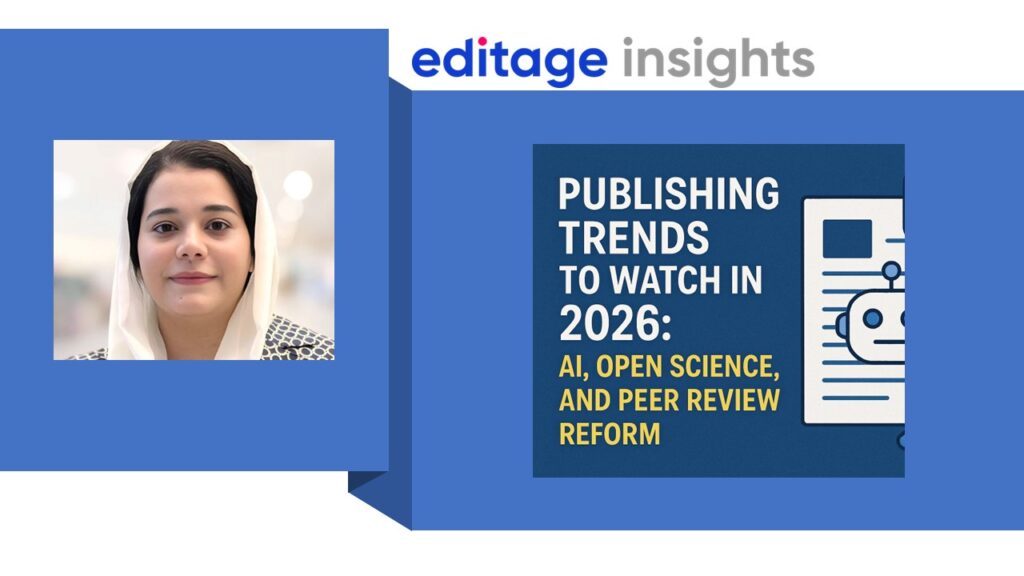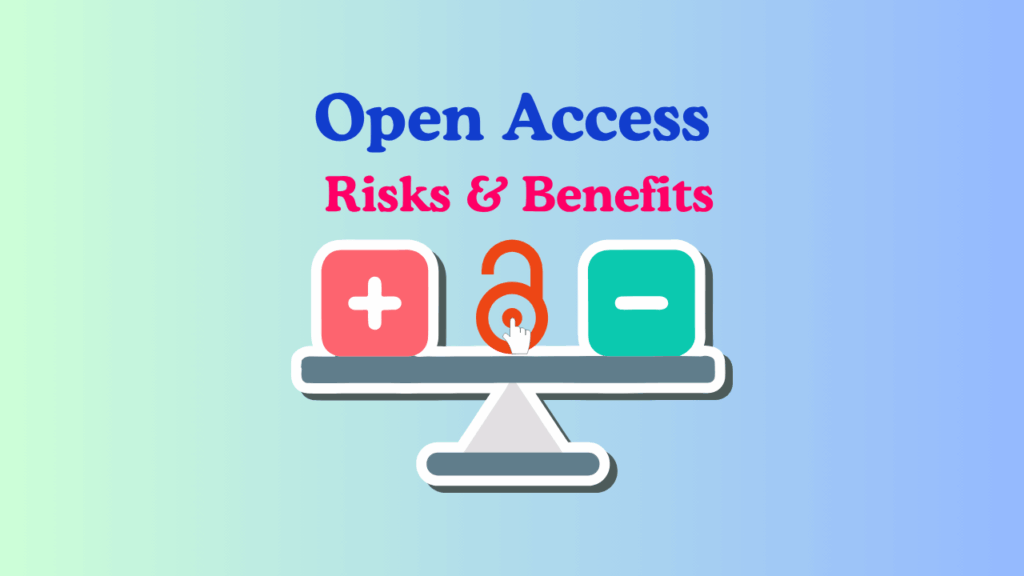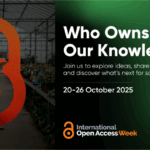The evolution and implications of equitable open access

The transformation of scholarly publishing over the past two decades has been significant, with Open Access (OA) emerging as a pivotal transition. This shift towards OA, however, has introduced a new financial barrier in the form of article-processing charges (APCs), raising concerns about the equitable distribution of knowledge, particularly in the Global South.
Open access, in its essence, aims to make academic research freely available online, challenging the traditional subscription-based revenue model of major publishing companies. This shift has been largely driven by the need for equitable access to publicly funded research, a cause championed by public institutions, research communities, and policymakers worldwide. However, the introduction of APCs, where authors pay to ensure their work is available on an OA basis, has created a new paywall, this time on the side of the researchers.
The trend towards APCs has seen a sharp increase in recent years. According to a study by Lin Zhang, Yahui Wei, Ying Huang, and G. Sivertsen[1], “the estimated global revenues from APCs among major publishers now exceed 2 billion US dollars annually.” This shift in the cost burden from university libraries to individual research groups has raised concerns about the sustainability of the APC model and its potential to hinder research productivity.
The implications of this trend are particularly significant for researchers in the Global South, where limited funding may restrict the ability to cover APCs. The rise in APCs essentially shifts the paywall from the reader to the author, potentially limiting the ability of researchers with limited funding to publish their work. This raises questions about the equity of OA, as it risks creating a system where only those who can afford to pay APCs can publish their work openly.
This concern is echoed in a study[2] by Kyle Siler and colleagues, according to which “authors working at lower-ranked universities are more likely to publish in closed/paywalled outlets, and less likely to choose outlets that involve some sort of APC.”
Furthermore, A. C. Smith and colleagues[3] compared the author profiles from subscription journals and mirror journals (i.e., journals that are mirror images of parent journals published by the same publisher, where the parent journal is a subscription or hybrid journal and the mirror journal is OA). This study found that “most OA articles were written by authors in high-income countries, and there were no articles in mirror journals by authors in low-income countries.” This finding indicates that researchers from the Global South face a significant barrier to publishing their results OA because of APCs.
However, it is crucial to understand that there are different OA models, each with its own financial implications and accessibility features. These include the following:
- Gold OA: In this model, articles are immediately available on the publisher’s website. While some gold OA journals charge APCs, others cover their costs through sponsorships or subsidies.
- Green OA: Also known as self-archiving, this model allows authors to deposit a version of their paper in a repository, making it freely accessible. This can be done without any charges, although some publishers may impose an embargo period.
- Hybrid OA: In this model, authors can choose to make their articles OA by paying an APC in a journal that chiefly operates on a subscription basis but offers authors the OA publishing route.
- Diamond/Platinum OA: These are OA journals that do not charge APCs. They usually cover their costs through institutional support, donations, or volunteer work.
Each of these models has its own advantages and disadvantages, and their suitability can vary depending on the specific circumstances of researchers and their institutions. For instance, while Gold OA ensures immediate access and high visibility, the associated APCs can be prohibitive for some researchers. On the other hand, Green OA, which avoids APCs, may involve a delay in public access due to embargo periods.
Addressing the challenges presented by APCs requires innovative solutions and policies, particularly for researchers in the Global South. One promising approach is the establishment of institutional central funds for APCs. A study by S. Pinfield and C. Middleton found that the use of such a fund at the University of Nottingham increased from covering less than 1% of the university’s outputs to more than 12% over eight years[4]. This suggests that institutional central funds could be a viable solution to the APC conundrum.
Moreover, universities, which publish many OA journals and nearly half of OA articles, tend not to charge APCs. When APCs are charged, the prices are very low on average. This suggests that the university sector may be a viable solution to the APC conundrum, as discussed in the paper “Open Access publishing practice in Geochemistry: current state and look to the future” by O. Pourret and colleagues[5].
However, the future of OA and the potential solutions to the challenges it presents are still evolving. As R. Poynder[6] discusses in his paper “Open access: What price affordability?,” the affordability and accessibility problems of OA are complex and interrelated, and solving one will not necessarily solve the other. Therefore, it is crucial for stakeholders in the academic research enterprise to actively engage in discussions and take concrete actions to ensure that the promise of equitable OA is realized. The goal should be to create a system where knowledge is not just open but also equitably accessible, regardless of one’s geographical location or financial capabilities.
In conclusion, while the shift towards OA and the rise of APCs present significant challenges, they also open up opportunities for rethinking and reshaping the landscape of scholarly publishing. It is crucial for stakeholders in the academic research enterprise to actively engage in these discussions and take concrete actions to ensure that the promise of equitable OA is realized. The goal should be to create a system where knowledge is not just open but also equitably accessible, regardless of one’s geographical location or financial capabilities.
References
- Zhang, L., Wei, Y., Huang, Y. et al. Should open access lead to closed research? The trends towards paying to perform research. Scientometrics 127, 7653–7679 (2022). https://doi.org/10.1007/s11192-022-04407-5
- Siler K, Haustein S, Smith E, Larivière V, Alperin JP. 2018. Authorial and institutional stratification in open access publishing: the case of global health research. PeerJ 6:e4269 https://doi.org/10.7717/peerj.4269
- Smith, Audrey C., Leandra Merz, Jesse B. Borden, Chris Gulick, Akhil R. Kshirsagar, and Emilio M. Bruna. 2020. “Assessing the Effect of Article Processing Charges on the Geographic Diversity of Authors Using Elsevier’s ‘mirror Journal’ System.” MetaArXiv. September 2. doi:10.31222/osf.io/s7cx4.
- Pinfield, S., & Middleton, C. (2016). Researchers’ Adoption of an Institutional Central Fund for Open-Access Article-Processing Charges: A Case Study Using Innovation Diffusion Theory. SAGE Open, 6(1). https://doi.org/10.1177/2158244015625447
- Olivier Pourret , Andrew Hursthouse , Dasapta Erwin Irawan, Karen Johannesson, Haiyan Liu, Marc Poujol, Romain Tartèse, Eric D. van Hullebusch, Wiche O. “Open Access publishing practice in Geochemistry: overview of current state and look to the future.” EarthArXiv. 2019. https://doi.org/10.31223/osf.io/uxcwk
- Poynder Richard (2014) Open access: What price affordability? ecancer 8 ed41






